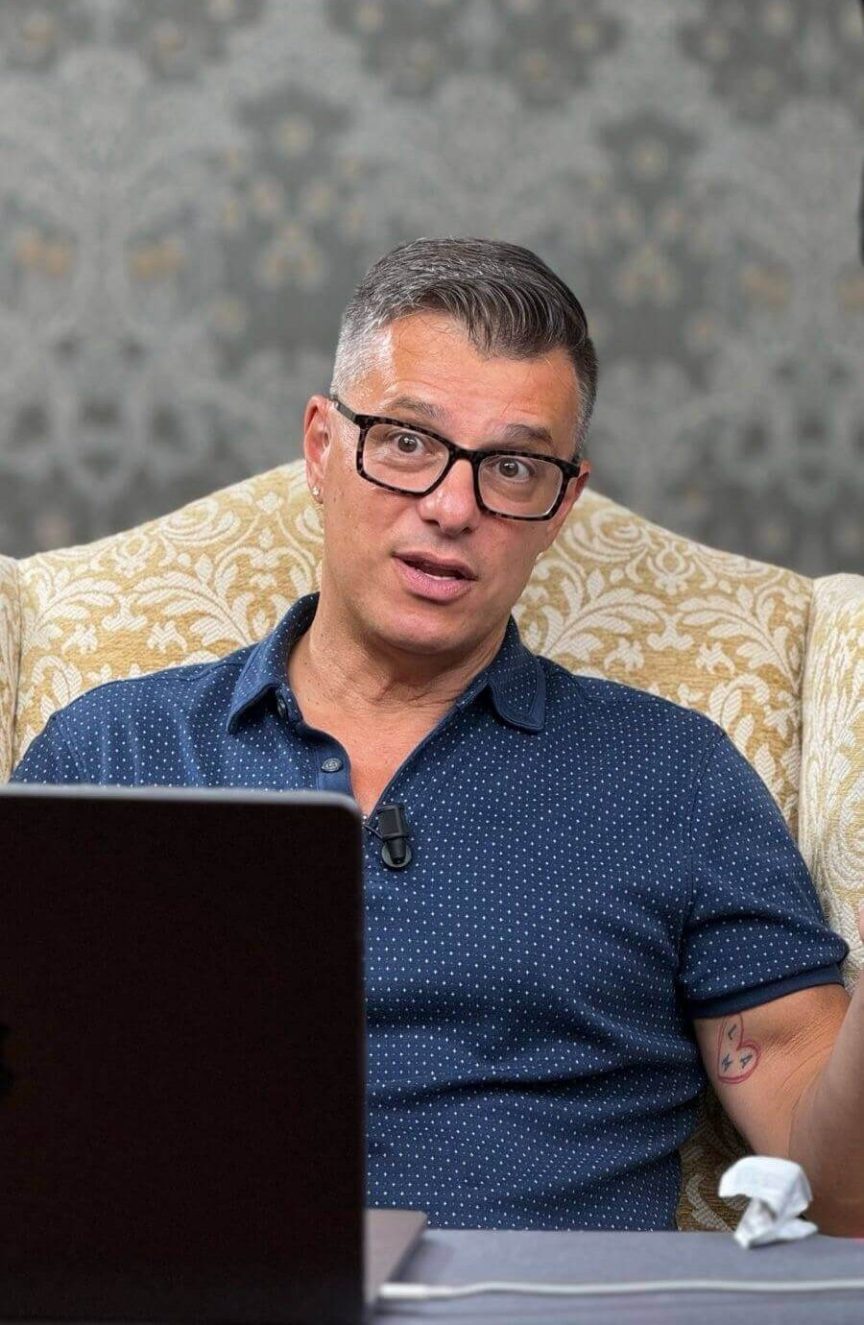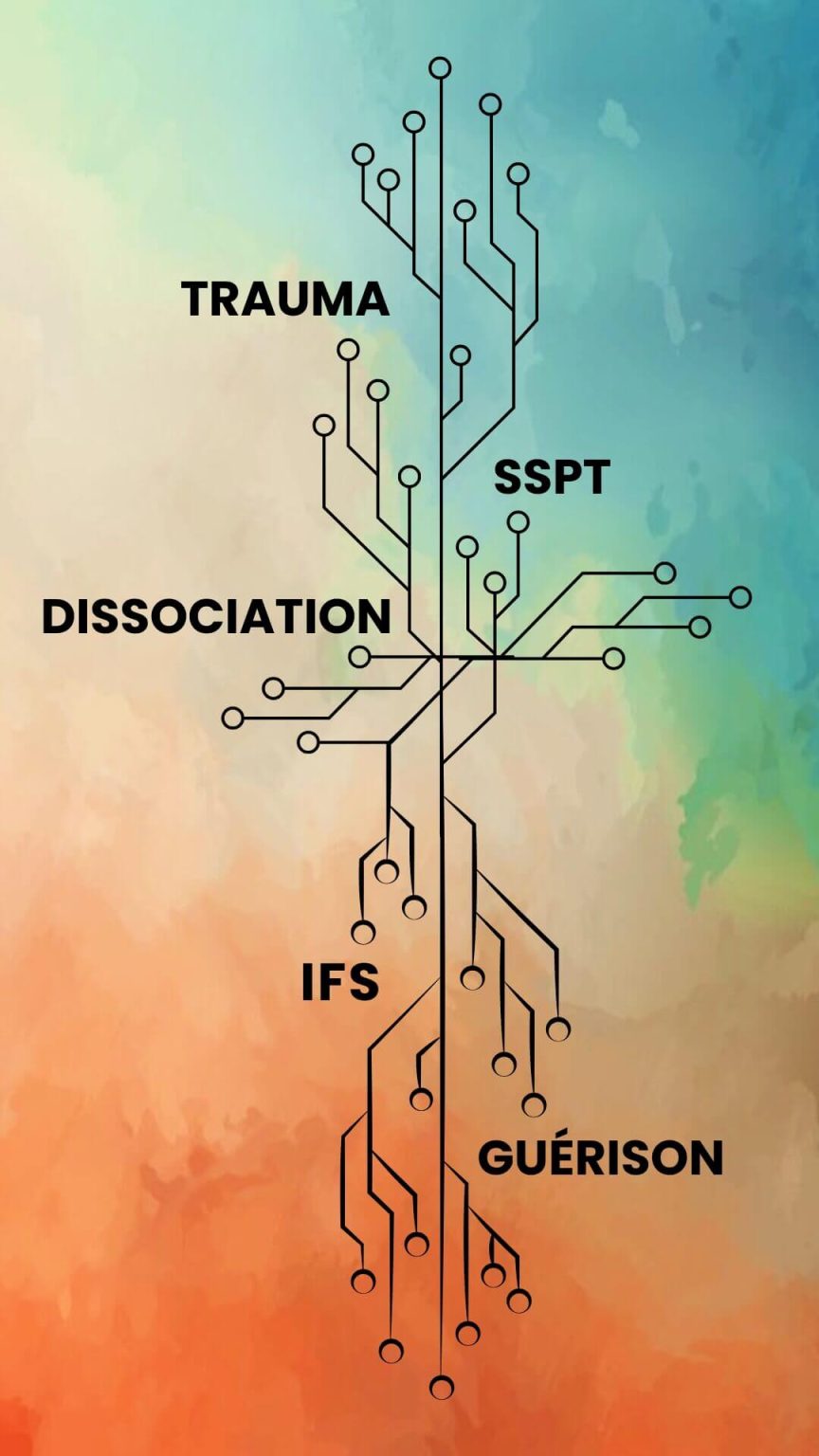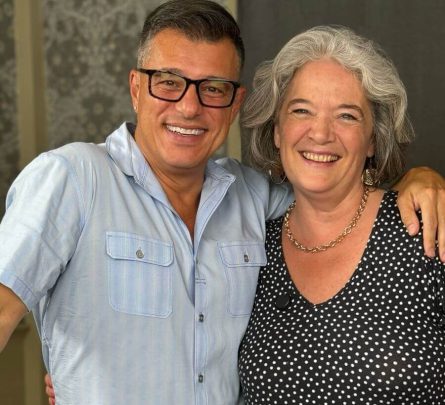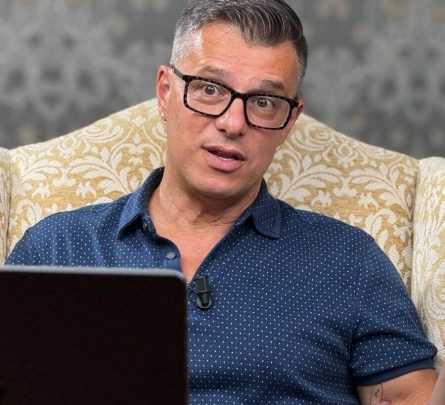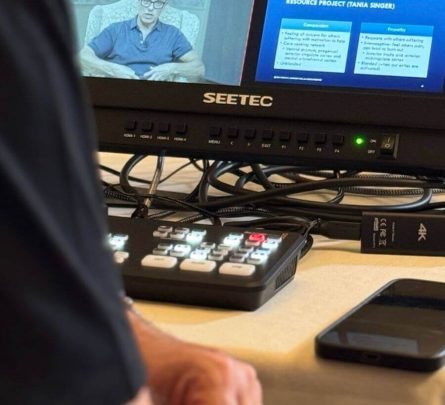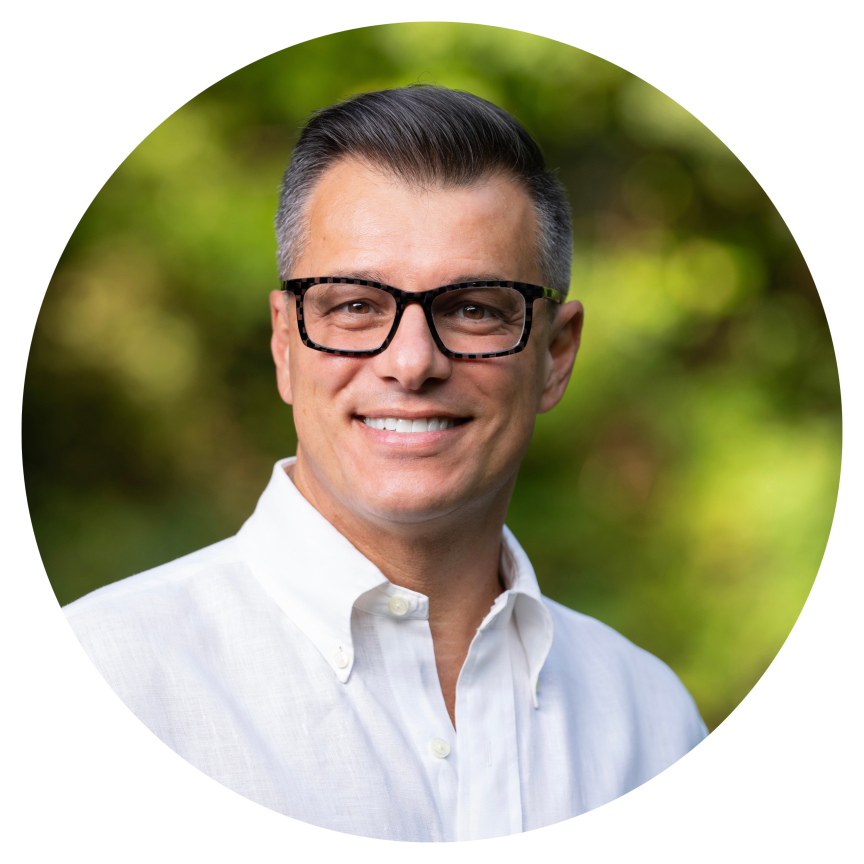Your shopping cart is empty.
I’ve been working in the field of trauma since 1992 and have learned a great deal about the different ways of working with all types of trauma.
Trauma happens to everyone.
I believe that we all go through life-changing experiences.
I don’t think anyone is exempt, but the good news is that everyone can heal from trauma.
I’ve put everything into this program, absolutely everything! Everything I have understood, everything I have learned not only from my years of practice, but also from my personal experience.
I trust this program will give you hope, that it will allow you to gain new perspectives and to see in a different light the methods you’ve used throughout your career to work on trauma.
And I hope it will help you move forward, because many of us carry a lot of energy around traumas that are not our own. If we work together, we can help as many people as possible to free themselves from trauma.
It will change the world we live in.
I want to thank my family, specifically my husband and children, and my clients, from whom I have learned so much.
– Frank Anderson
